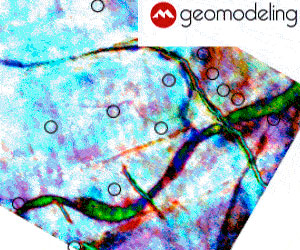The integration of disciplines and data is often discussed, occasionally implemented, and rarely as successful as it can or should be. However, failure to accomplish such integration often leads to development missteps and reserves left in the ground. Hydraulic fracturing is one of those areas where multidisciplinary integration is not as common or as effective as it should be. This talk will discuss one engineer's observations on how communication can be improved between engineers and geoscientists in the area of hydraulic fracturing. The application and integration of tools such as DFIT's (Diagnostic Fracture Injection Tests), fracture modeling, fiber optics, etc. will be discussed, along with some thoughts on how such hydraulic fracturing tools can help with the overall field development – something that is beneficial to all disciplines involved. Also, some hints on "what should I be asking my engineer?" will be provided, and an interpretation of "what is my engineer trying to tell me?" will also be discussed.











Join the Conversation
Interested in starting, or contributing to a conversation about an article or issue of the RECORDER? Join our CSEG LinkedIn Group.
Share This Article